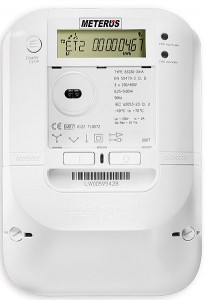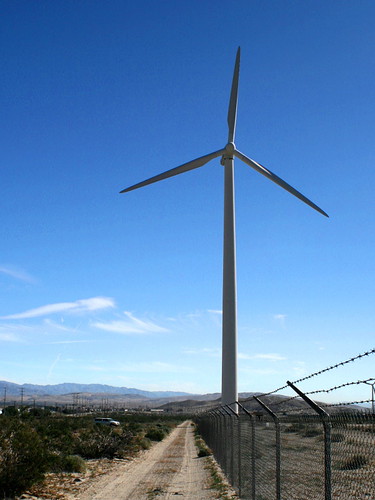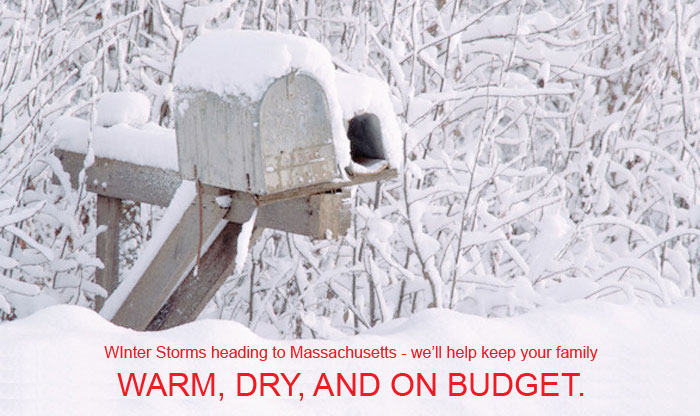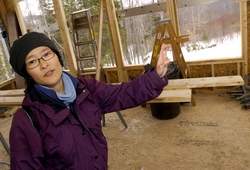 The debate on the value (and costs) of wide spread deployment and installation of ‘Smart Meters‘ for monitoring energy usage rages on-most notably in the pages of the Wall Street Journal.
The debate on the value (and costs) of wide spread deployment and installation of ‘Smart Meters‘ for monitoring energy usage rages on-most notably in the pages of the Wall Street Journal.
A succession of articles and editorials has been published recently, with each author taking a particular side of the argument. As is the case with many issues batted about by the press these days, the reader is left none the wiser.
There are obviously large capital costs involved in both preparing each property for energy use metering and providing a display device for each customer to examine their energy costs–then make intelligent decisions about saving energy and reducing the costs of powering their house.
After seeing how this debate is starting to be defined in the public arena, Warm Home Cool Planet would like to share a couple of observations:
Given the fact most houses have internet access, there should be some cost savings in allowing customers to use their current computers or mobile devices to view real-time energy use information through a web browser. All you need is a simple web connection for each energy device that reports through a customer’s current web connection to a central database. This would also allow the utility to see energy consumption patterns in real-time, including the ability to respond to service outages before the customer even notices.
Secondly, the ‘unique’ editorial policies of papers owned by Rupert Murdoch allow editors to add their own opinions to articles which are meant to serve as informational tools for readers to make their own decisions. For instance, last week’s article was titled “Smart Meter. Dumb Idea?“. What would the casual reader make of this?
Editorials published in response “Smart Meters are, well, Smart” are revealed to be written by leaders of trade associations who are hardly neutral observers on this subject. In the end, WSJ readers are likely to walk away with a sense of confused paralysis on the whole issue.
No matter which side of this argument you’re on, that is not the outcome we need.



 “If you’re readying a resume, it might help to use recycled paper. The clean-tech and green industries in Massachusetts are hiring.”
“If you’re readying a resume, it might help to use recycled paper. The clean-tech and green industries in Massachusetts are hiring.”

